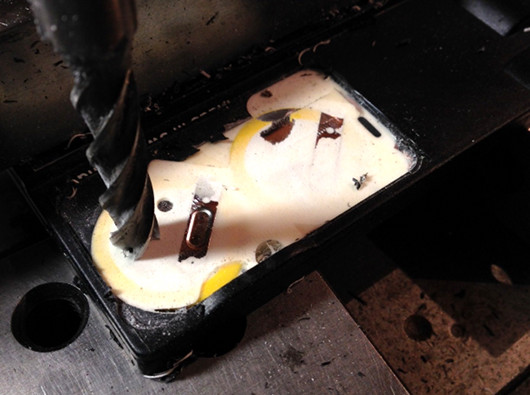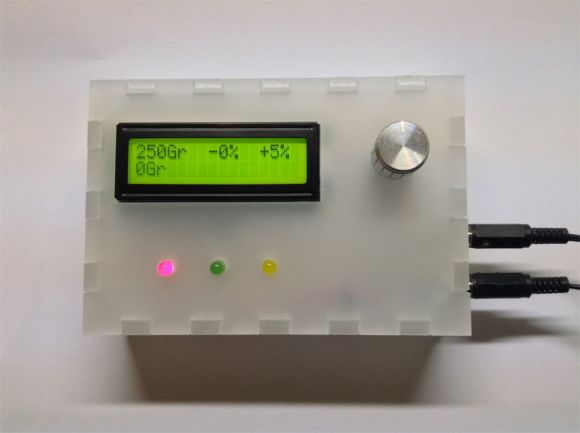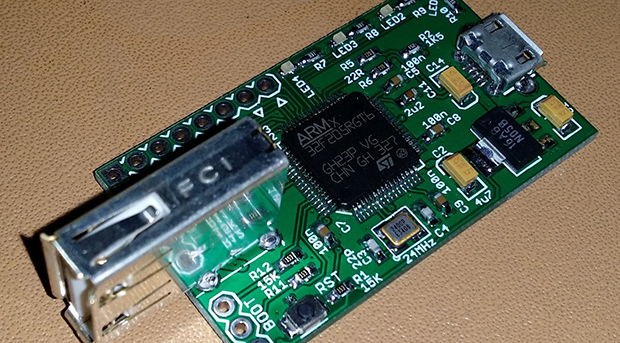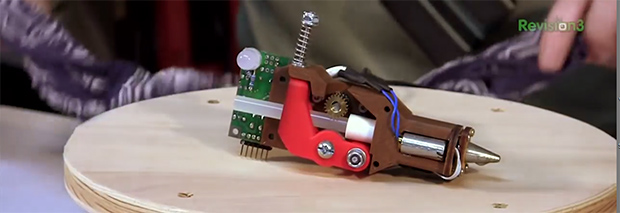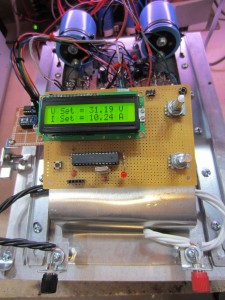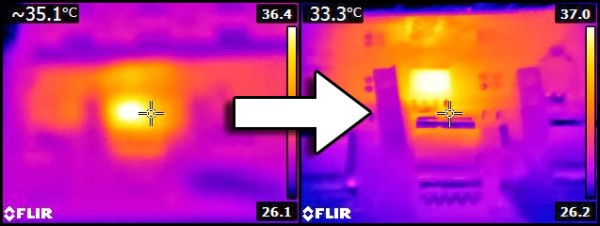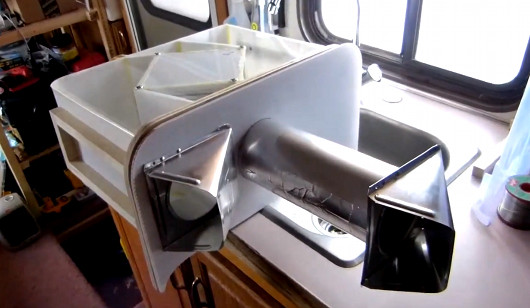[Unixgeek] owns an Optrel welding hood, which contains a lens that auto-adjusts for various welding tasks. It stopped working properly, and this hood is “Non-Serviceable”, so he had to either throw it away or hack it. The problem was that he knew it contained batteries, but they weren’t accessible. Using his milling machine, he was able to fix it himself. After removing the outer layer of plastic [Unixgeek] found that it was filled with foam. With continued milling he finally uncovered the batteries. They are standard CR2330 cells, so he could easily replace them, or set up a separate battery holder.
We like seeing this sort of hack, as simple as it is, because of how much we truly hate devices with planned obsolescence built in. This is a >$300 safety device that gets broken when some coin cells finally die. Any sort of hack to keep people from having to throw away their devices is a good thing.
Do you have a favorite planned obsolescence hack? Share it in the comments!

